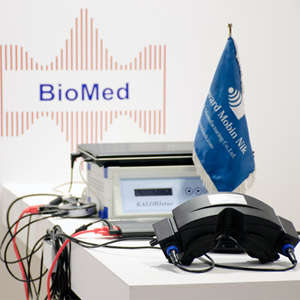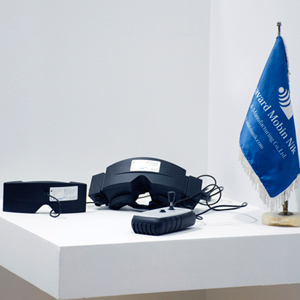- Have any question? Do not wait! Call us please ...
- +98 21 8870 69 91
- info@RMNmed.com
Balance systems

Hearing aid analyzer system
2018-04-10
Tympanometer systems
2018-04-10Balance systems
Our sense of balance comes from many different systems working together to create stability of our body and our vision. Good balance depends on:
Visual system
Vestibular system
Proprioceptive input
Putting it all together - the brain stem
Information from our vision, muscles, tendons, joints, and balance organs in our inner ear are all sent to the brain stem. The brain stem also gets information from other parts of the brain called the cerebellum and cerebral cortex, mostly about previous experiences that have affected our sense of balance. Our brain can control balance by using the information that is most important for a particular situation. For example, in the dark, when the information from our eyes is reduced or might not be accurate, our brain will use more information from our legs and our inner ear. If We are walking on a sandy beach during the day, the information coming from our legs and feet will be less reliable and our brain will use information from our visual and vestibular systems more.
Motor output
Once your brain stem sorts out all of this information, it sends messages to the eyes and other parts of our body to move in a way that will help us keep our balance and have clear vision while you are moving.
A balance disorder is a disturbance that causes an individual to feel unsteady, giddy, woozy, or have a sensation of movement, spinning, or floating. Vertigo is the symptom of a disturbance in the equilibrium system. Disturbances in the equilibrium system are from the point situated in the ear Skull labyrinth from the balance nerve or from the central section of the balance system (in the brain). The balance system should be specifically examined using various test methods to detect the location of the failure, the extent and especially a possible therapeutic needs early so that you can adequately advise patients:
Examination of the 6 semicircular canals and the otholithic organs (vHIT, Caloric exam., c/oVEMPs)
Examination of the Posturography (static and dynamic Posturography)
Examination of the central (neurology) part vestibular organ (occulomotoric tests, HINTS test)




